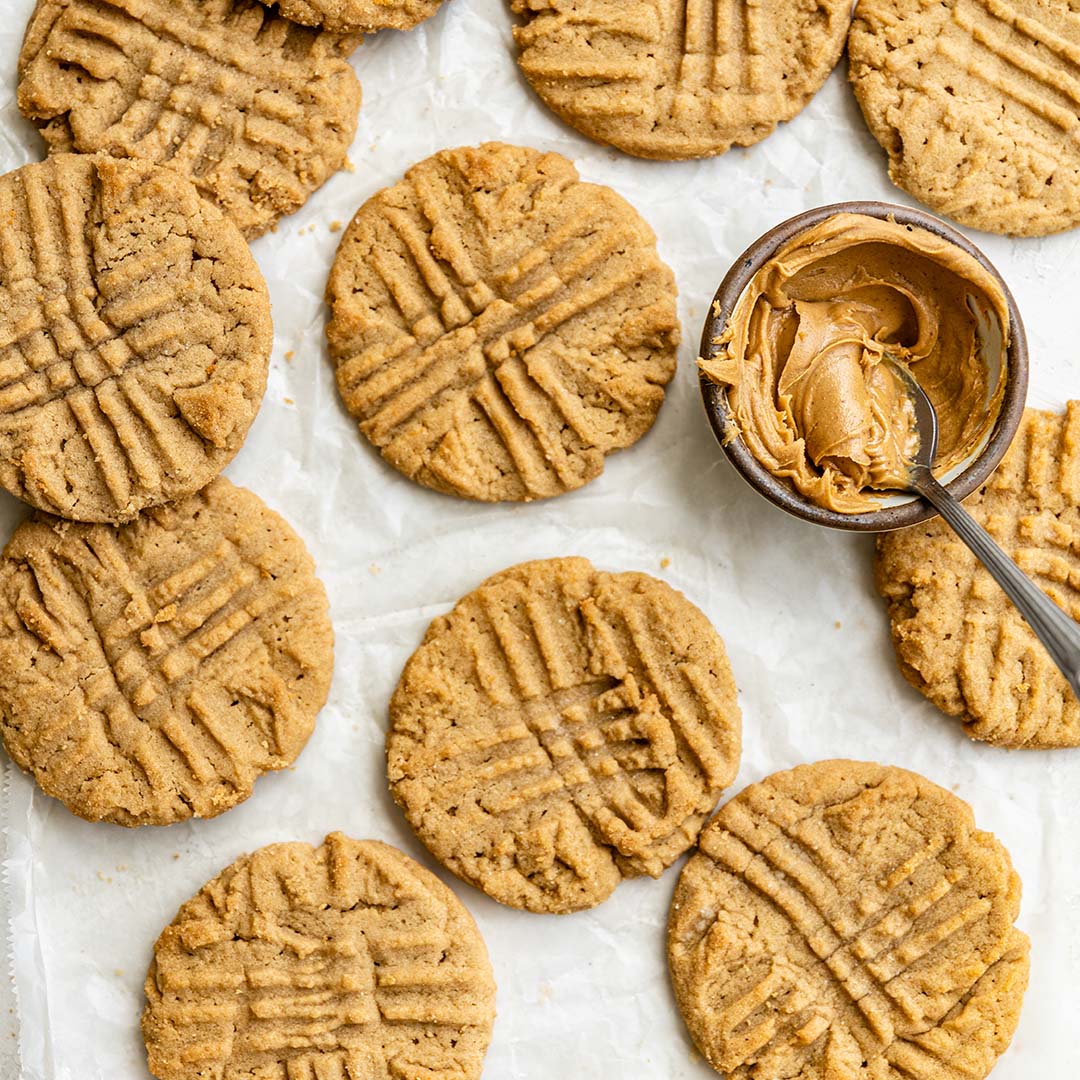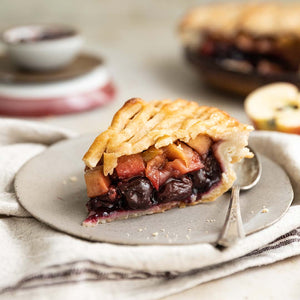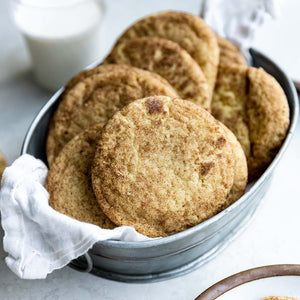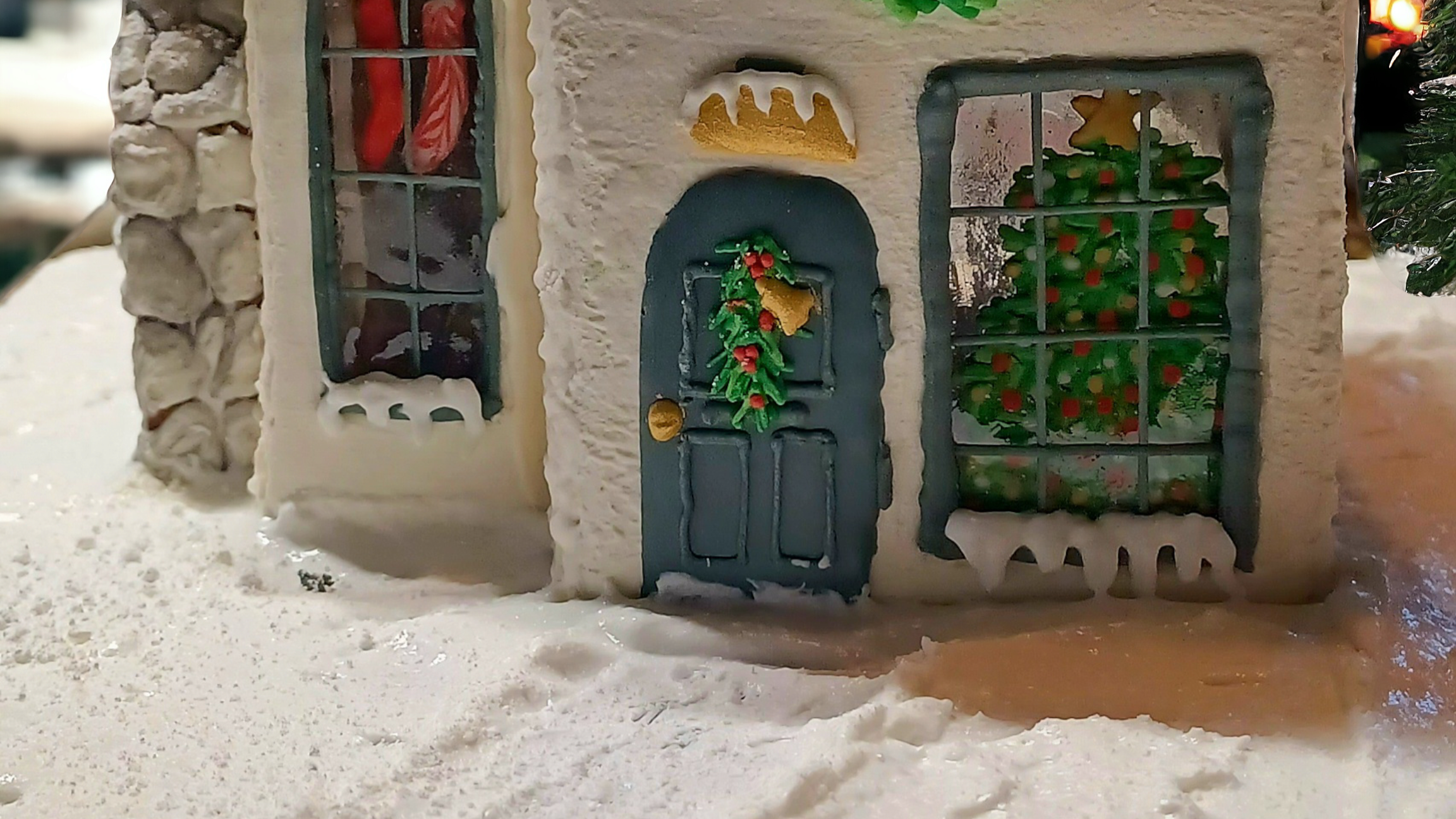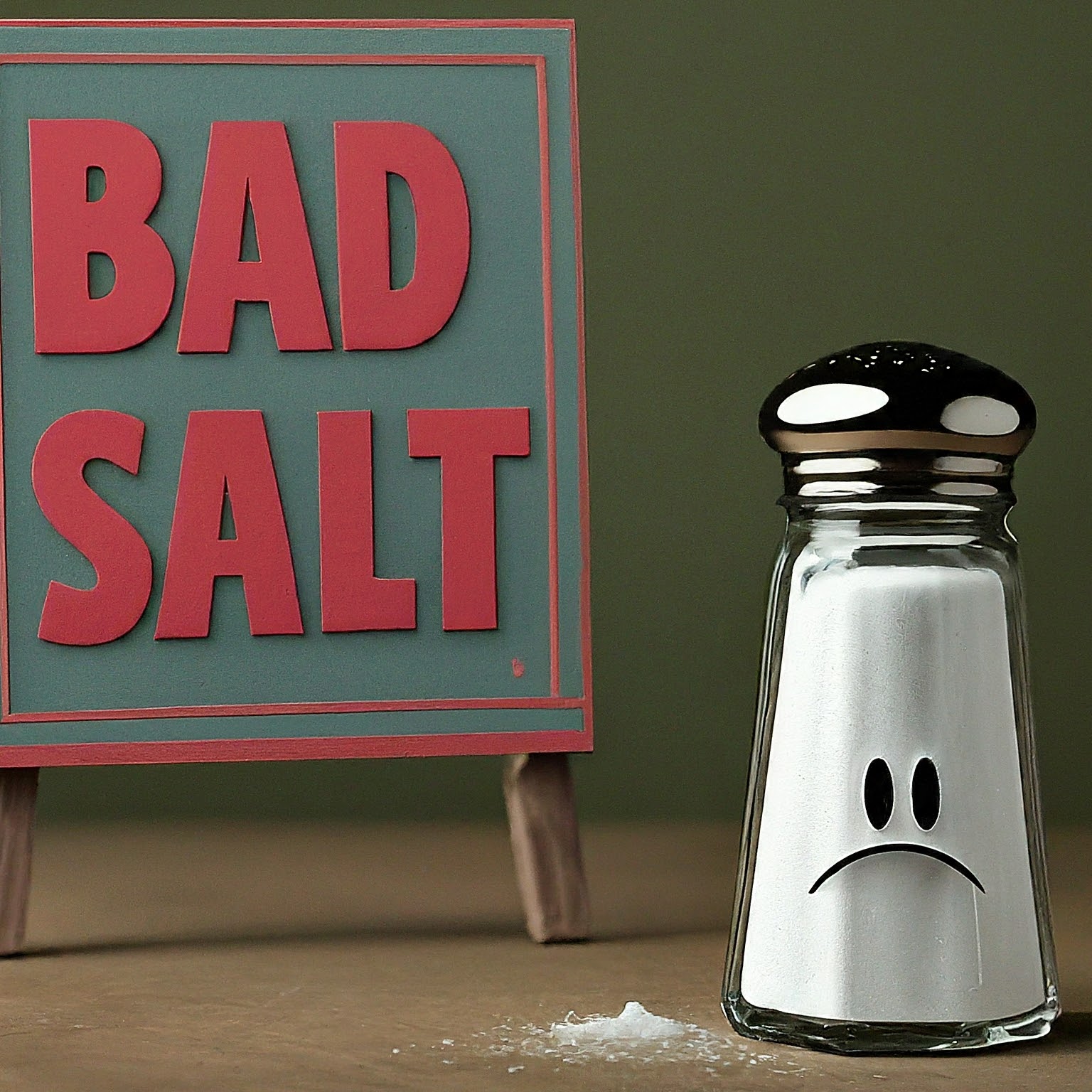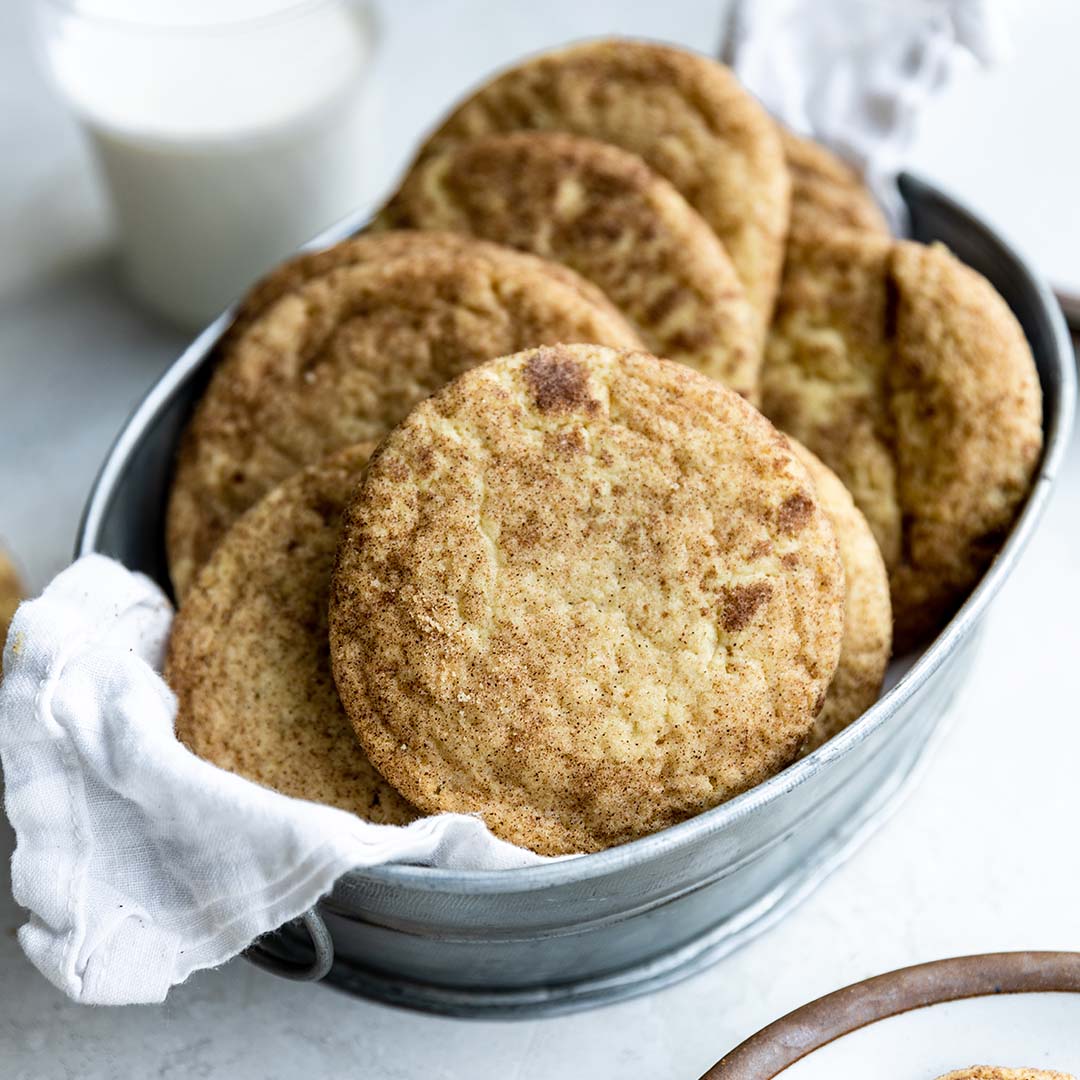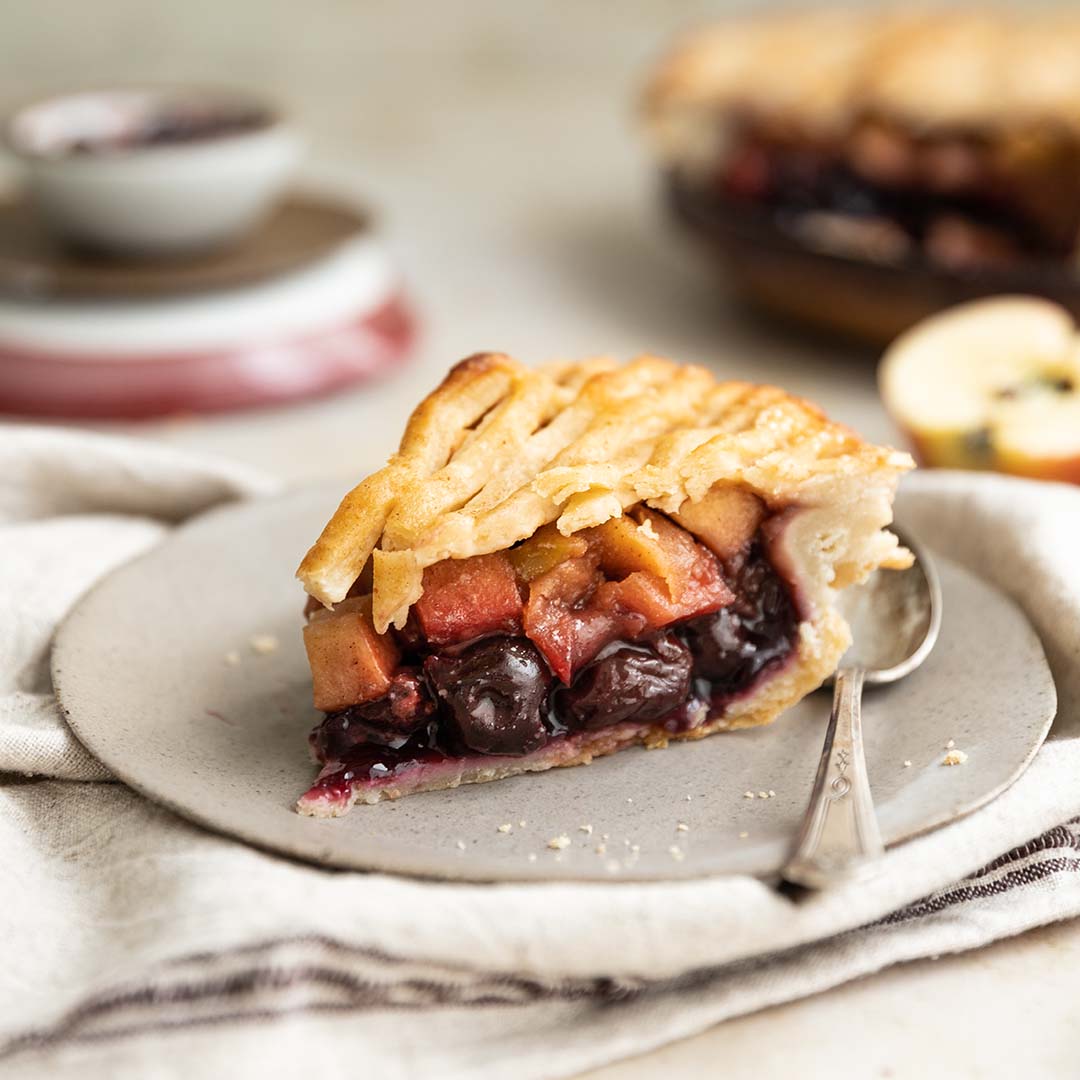Mastering the Art of Cookie Texture: Tips for Achieving Soft or Hard Cookies
Cookies are a beloved treat enjoyed by people of all ages around the world. One of the fascinating aspects of baking cookies is the ability to customize their texture according to personal preferences. Whether you prefer your cookies soft and chewy or firm and crunchy, mastering the art of texture can elevate your baking game. In this post, we'll delve into the techniques and tips for achieving either soft or hard cookies, giving you the power to tailor your creations to perfection.
Soft Cookies:
-
Ingredients Matter: The foundation of soft cookies lies in the ingredients used. Opt for ingredients like brown sugar, which adds moisture and tenderness to the cookies. Additionally, using a combination of butter and shortening can create a softer texture compared to using butter alone.
-
Don't Overmix: Overmixing the cookie dough can lead to tough cookies. Mix the ingredients until they are just combined to avoid developing too much gluten, which can result in a denser texture.
-
Use Low Protein Flour: Flour with a lower protein content, such as cake flour or pastry flour, produces softer cookies. These flours have less gluten-forming potential, resulting in a more tender and delicate texture.
-
Chill the Dough: Refrigerating the cookie dough before baking can help solidify the fats in the dough, preventing the cookies from spreading too much in the oven. This results in thicker and softer cookies. Aim to chill the dough for at least 30 minutes or overnight for best results.
-
Bake at Lower Temperature: Baking soft cookies at a lower temperature (around 325-350°F or 160-175°C) allows them to bake more evenly without becoming too crisp on the edges. Keep an eye on the cookies and remove them from the oven when they are just set but still slightly underbaked for a soft and chewy center.
Hard Cookies:
-
Increase Sugar and Fat: To achieve a crisp and crunchy texture, increase the sugar and fat content in the cookie dough. Granulated sugar promotes spread and caramelization, while a higher ratio of fat to flour results in a crisper texture.
-
Creaming Method: Creaming the butter and sugar together until light and fluffy incorporates air into the dough, resulting in a lighter and crisper cookie texture. Beat the butter and sugar for a few minutes until pale and fluffy before adding other ingredients.
-
Use High Protein Flour: High protein flour, such as bread flour or all-purpose flour, contributes to a firmer cookie structure due to its higher gluten content. This helps the cookies hold their shape and develop a more substantial texture.
-
Roll Dough Thinner: For hard cookies, roll the dough thinner before cutting and baking. Thinner cookies will bake more quickly and evenly, resulting in a crispier texture. Aim for a uniform thickness throughout to ensure even baking.
-
Bake at Higher Temperature: Baking hard cookies at a higher temperature (around 375-400°F or 190-200°C) promotes faster caramelization and browning, leading to a crispier exterior. Keep a close eye on the cookies to prevent them from over-browning or burning.
Whether you prefer the indulgent softness of a chewy cookie or the satisfying crunch of a hard one, understanding the factors that influence cookie texture empowers you to create baked delights tailored to your taste. Experiment with different ingredients, techniques, and baking times until you achieve the perfect balance of softness or hardness in your cookies. With practice and patience, you'll become a master of cookie texture, delighting friends and family with your delicious creations.

